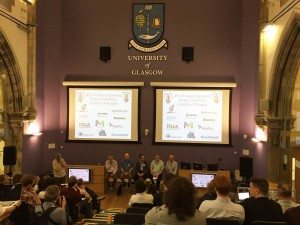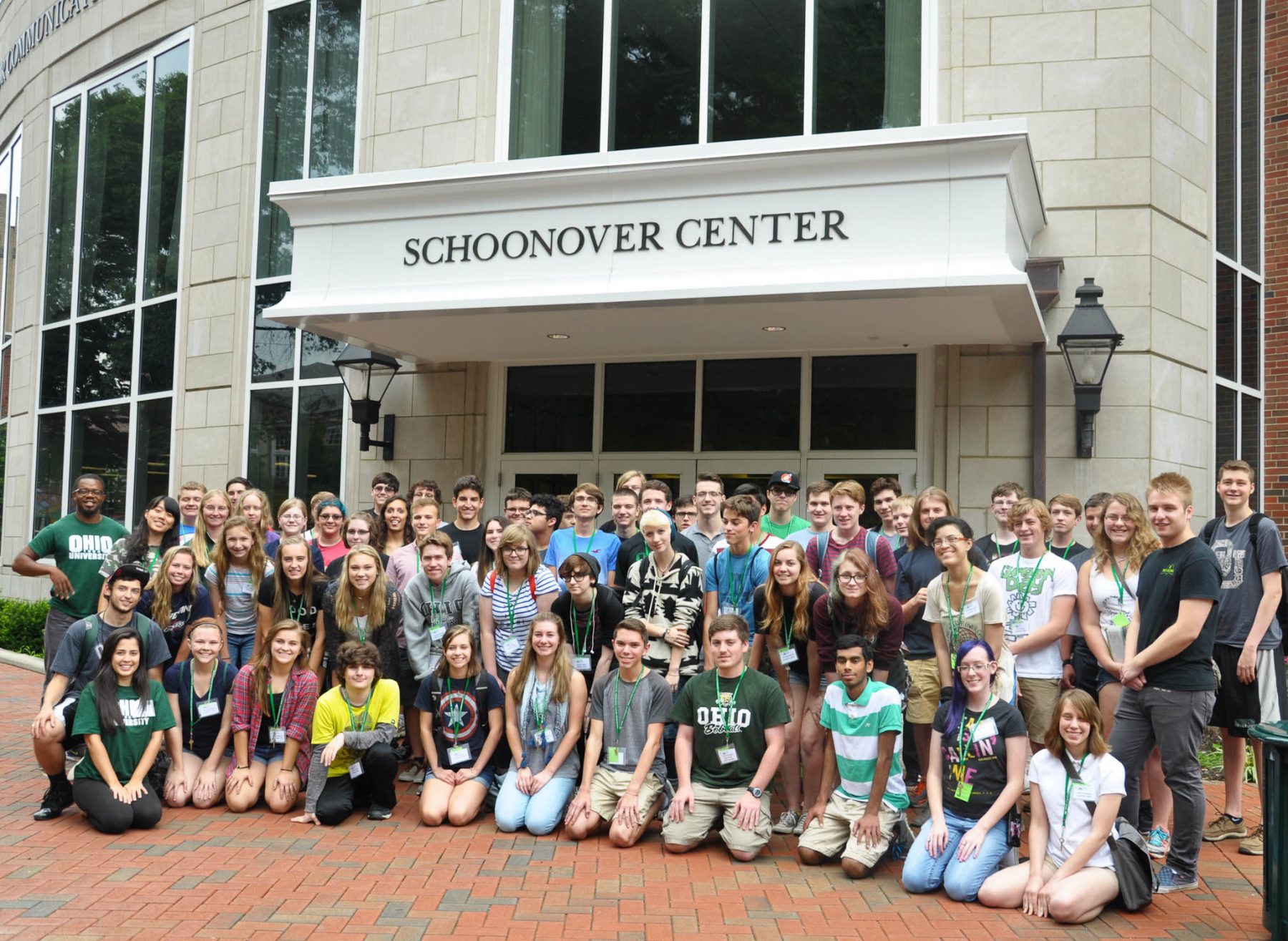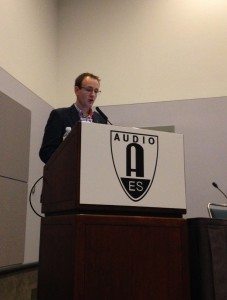 At the 141st Audio Engineering Society Convention hosted in Los Angeles from 28th September – 2nd October 2016, Ohio University Lecturer Kyle P. Snyder presented his peer-reviewed paper, Understanding Project-Based Learning in the Audio Classroom: Using PBL to Facilitate Audio Storytelling.
At the 141st Audio Engineering Society Convention hosted in Los Angeles from 28th September – 2nd October 2016, Ohio University Lecturer Kyle P. Snyder presented his peer-reviewed paper, Understanding Project-Based Learning in the Audio Classroom: Using PBL to Facilitate Audio Storytelling.
According to Snyder:
One of the more prevalent buzzwords in education today, project-based learning is a natural fit for the audio engineering classroom. With students that thrive by working toward a common goal or “learning by doing,” this constructivist framework is worth examining as implemented by educators. This paper discusses project-based learning as implemented in an audio engineering classroom to facilitate audio storytelling and provides recommendations for faculty looking to implement project-based learning into their curriculum.
Paper Session Files:
- Download Understanding Project-Based Learning in the Audio Classroom: Using PBL to Facilitate Audio Storytelling
- Download Snyder’s Lecture Slides & Notes (Scribd)
- View Snyder’s AES 141 Presenter Profile
- View Paper Session (P2) Details
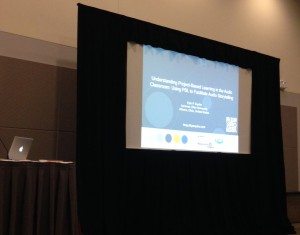 Also at the 141st Convention, Snyder will co-chair MIDI Makes Music, MIDI Makes Money and MIDI Makes Careers! along with the Student, Education, & Careers track which contains dozens of events.
Also at the 141st Convention, Snyder will co-chair MIDI Makes Music, MIDI Makes Money and MIDI Makes Careers! along with the Student, Education, & Careers track which contains dozens of events.
The 141st AES Convention will bring together the world’s largest gathering of audio professionals, offering attendees opportunities to hear from top audio industry figures while also sharing in the latest research and technology information through informative papers, tutorials, workshops and special events.
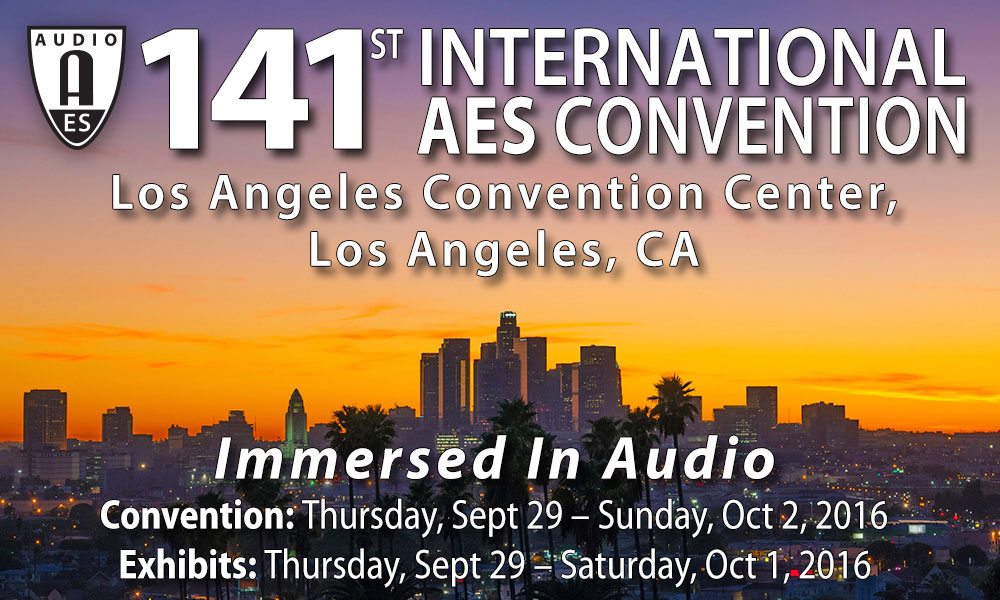
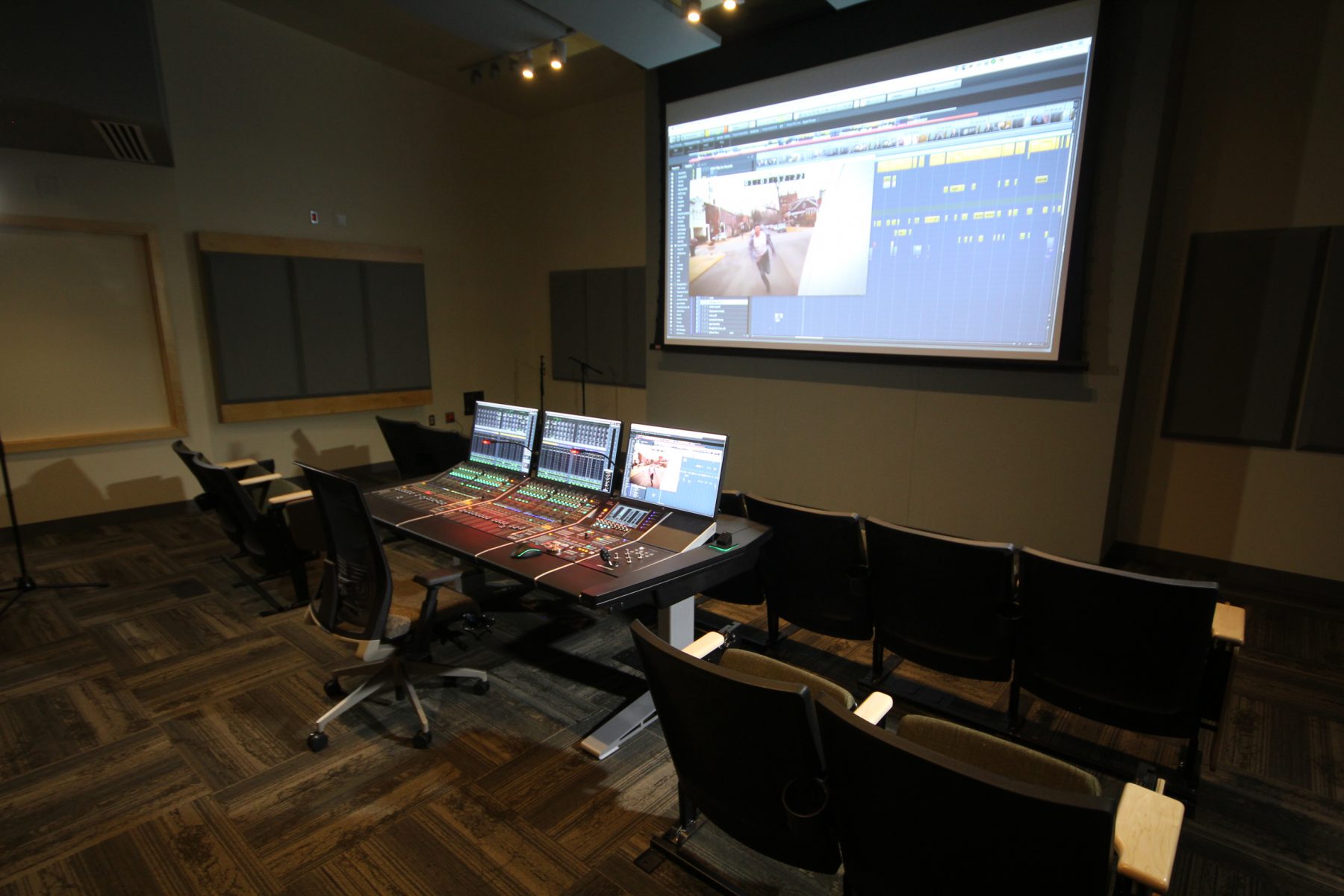
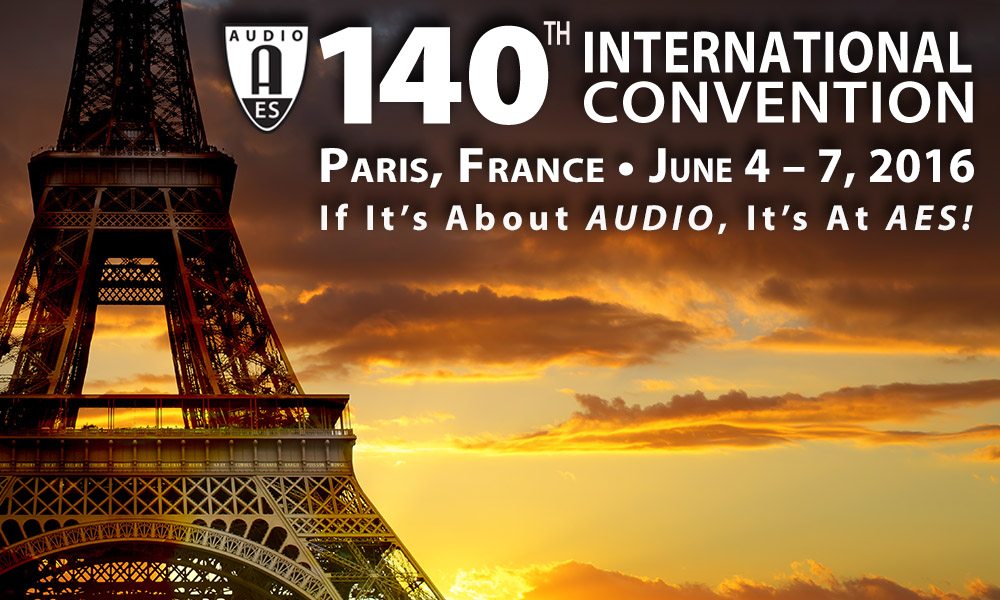
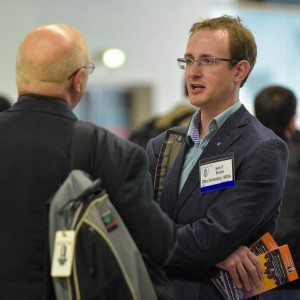 At the
At the 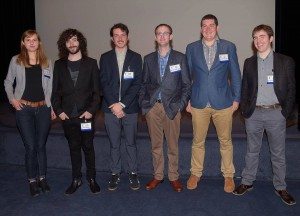 Also at the 140th Convention, one of Snyder’s students, Michael France, continued his work as the
Also at the 140th Convention, one of Snyder’s students, Michael France, continued his work as the 
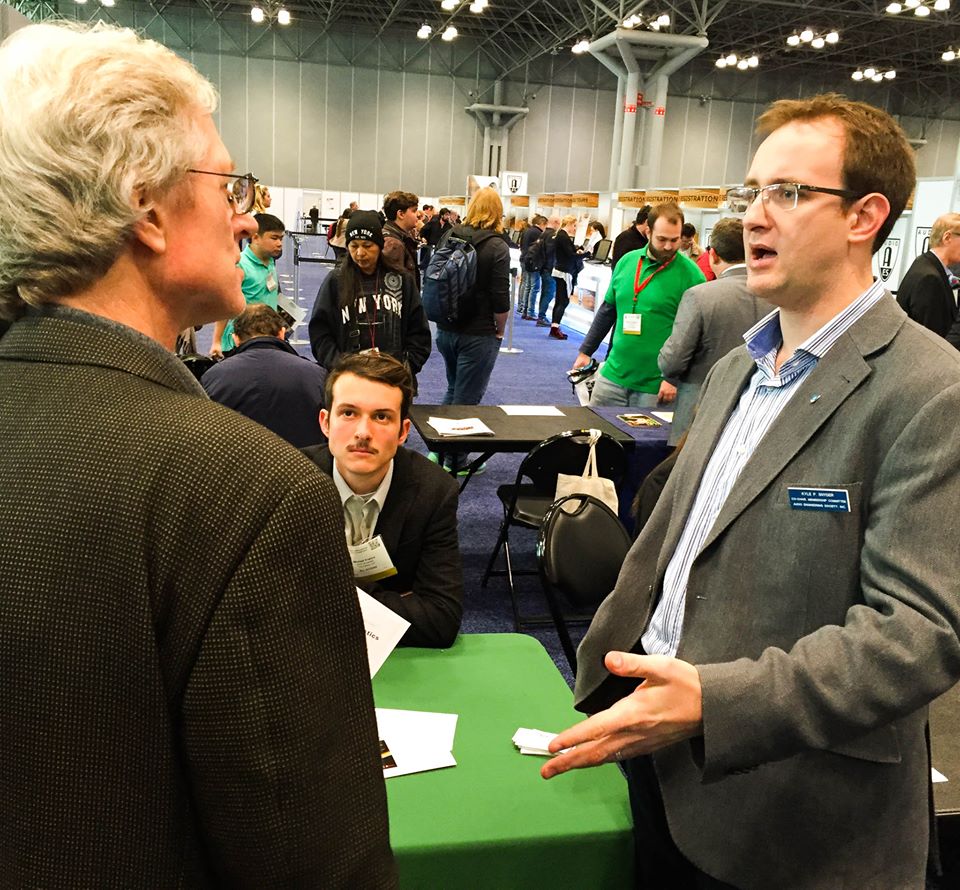

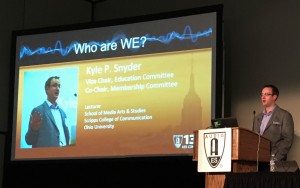 At the
At the 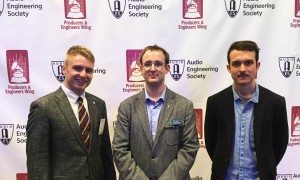 Also at the 139th Convention, on of Snyder’s students, Michael France, was elected as the new
Also at the 139th Convention, on of Snyder’s students, Michael France, was elected as the new 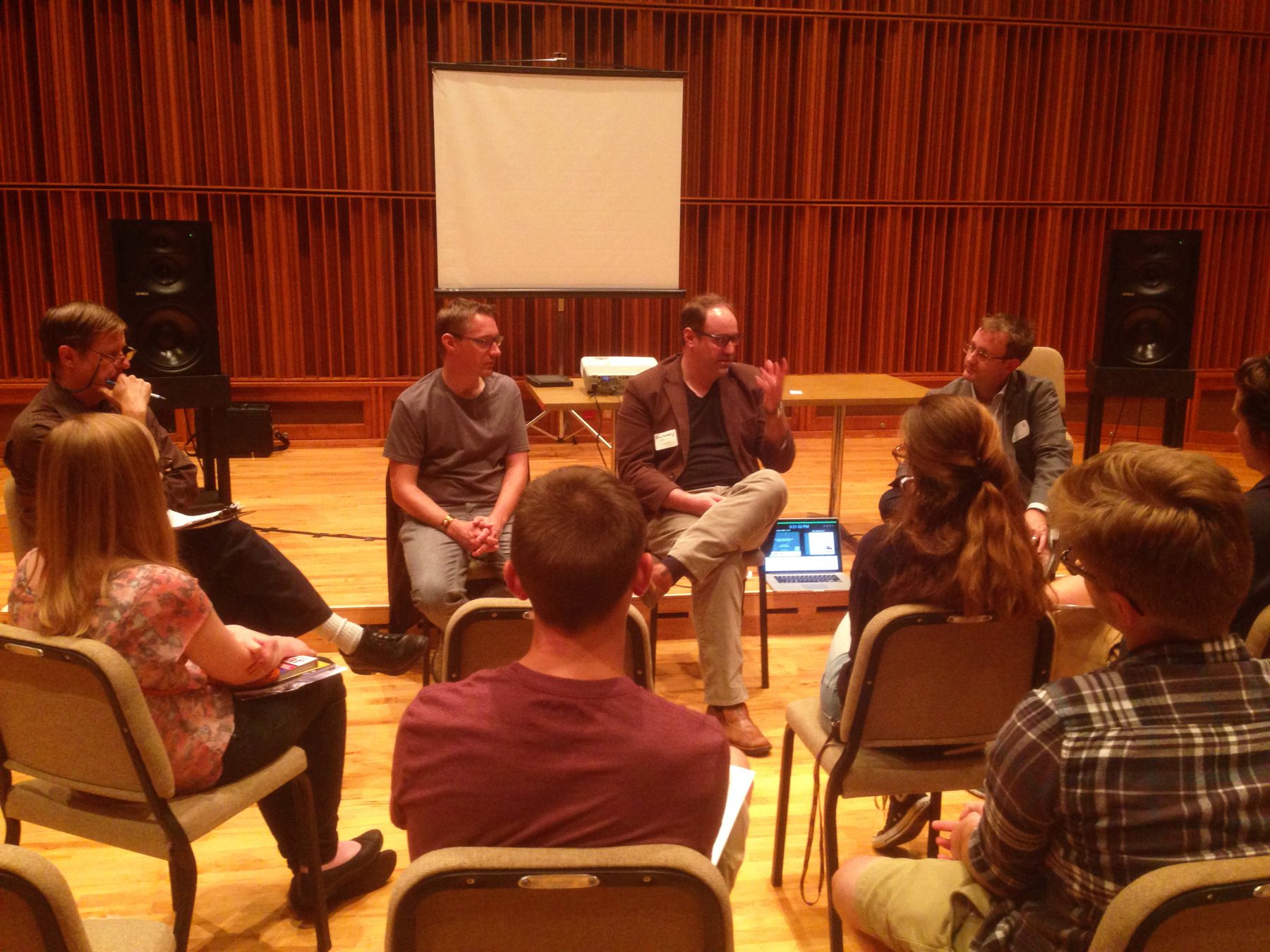
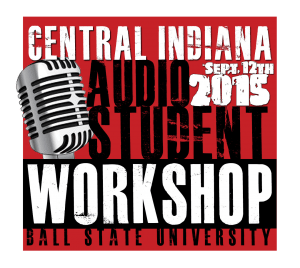 The
The 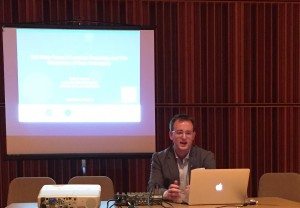
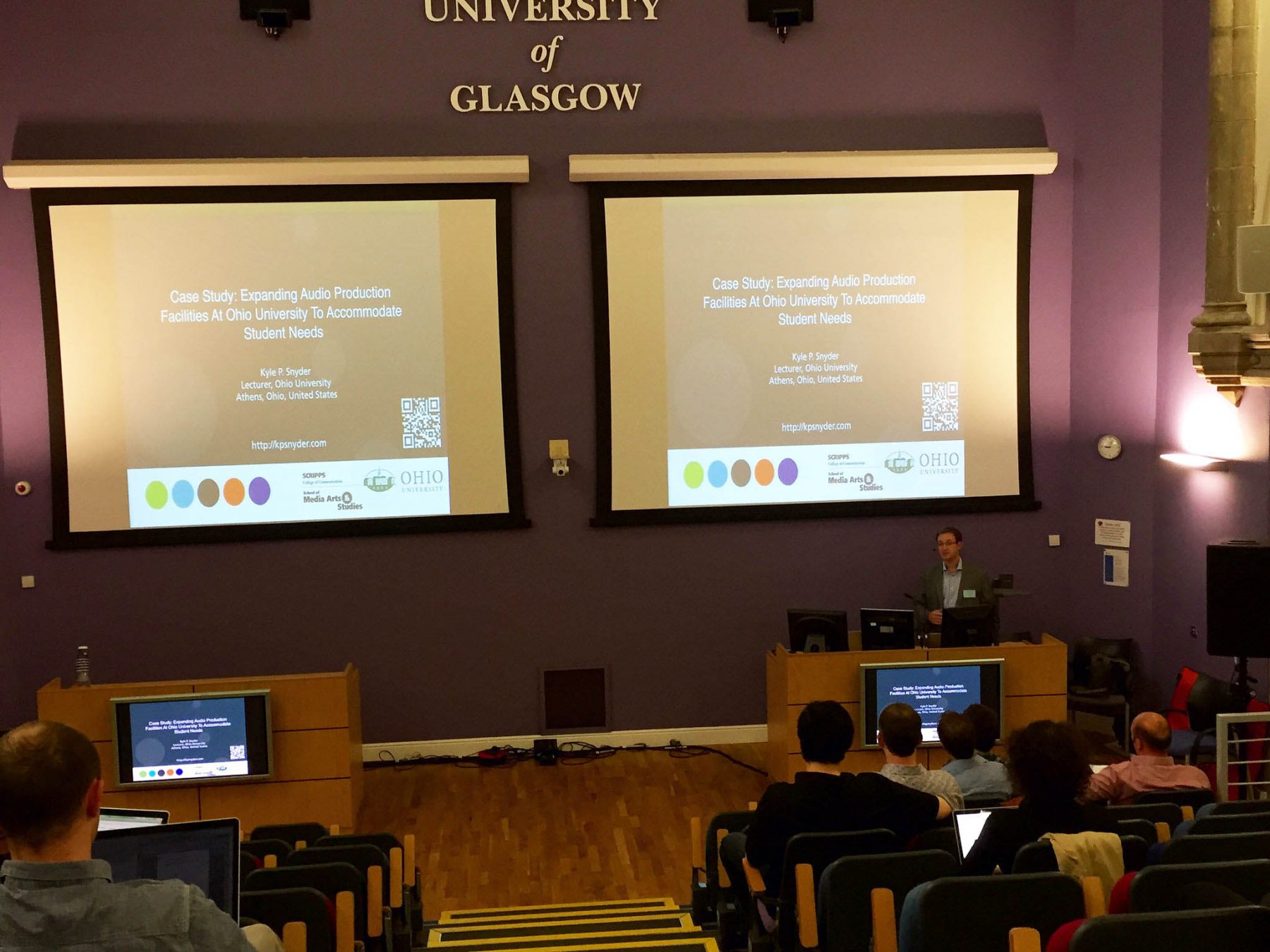
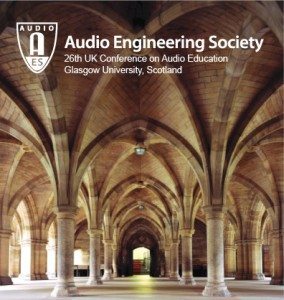 At the
At the 